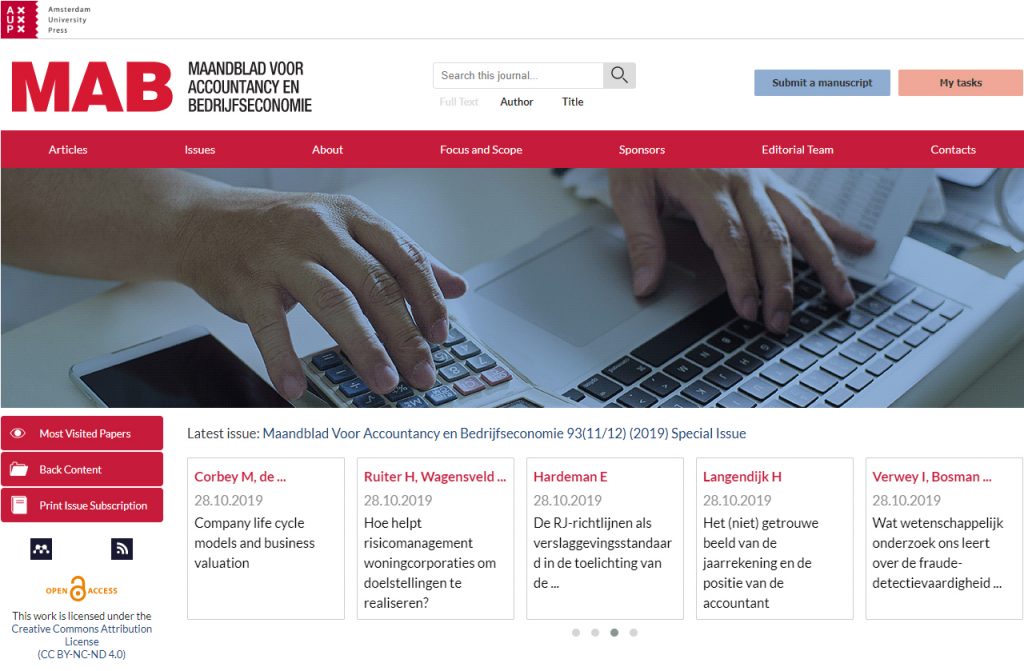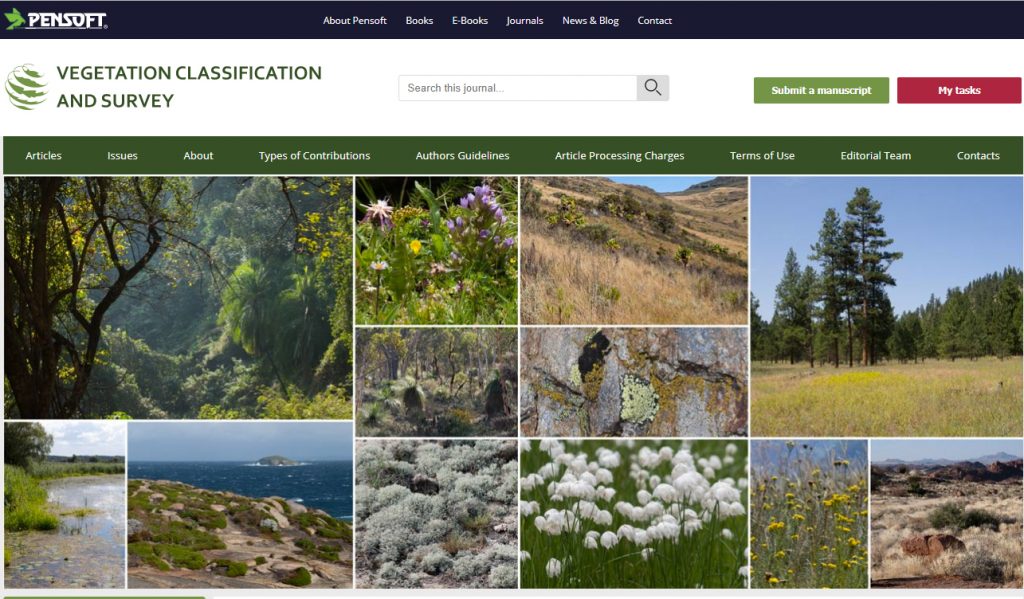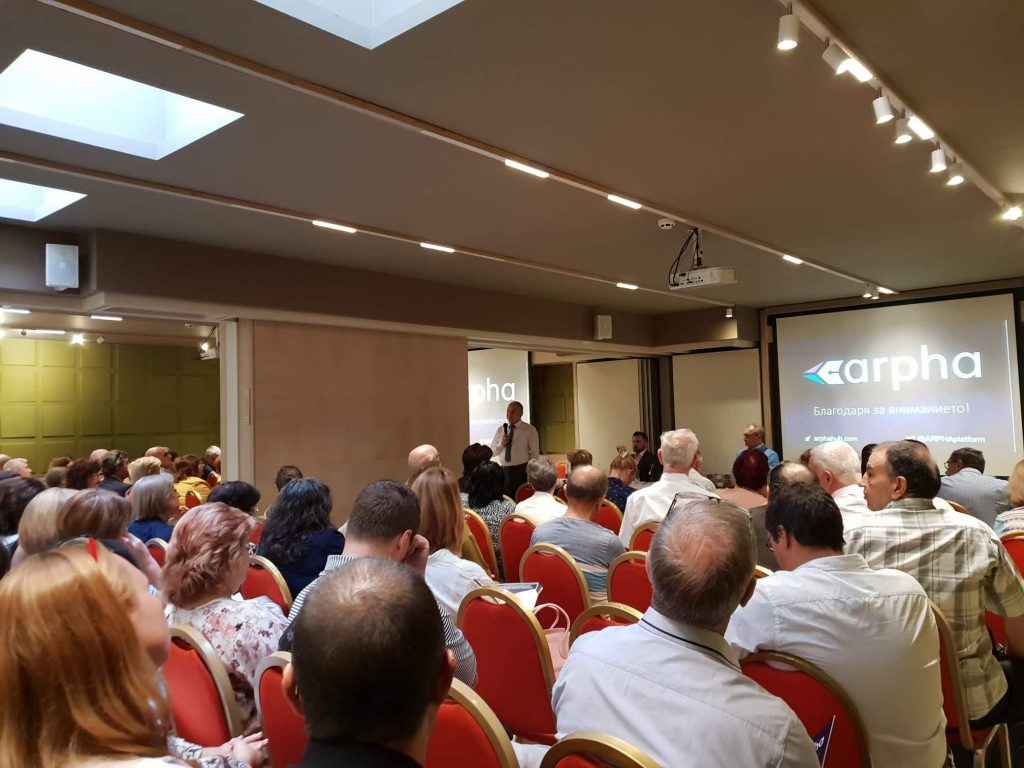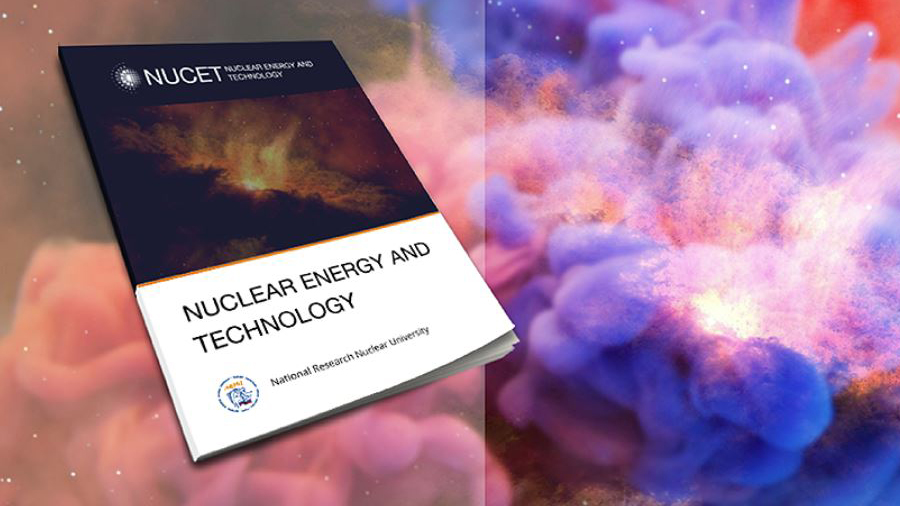A full-featured, open access publishing platform for journals, books and data, which comes with an extensive list of services and features – both automated and human-provided – to adapt to the individual needs of any client journal. But how does that translate into practice?
The latest scholarly titles to join the ranks of ARPHA might just provide a perfect example of the capabilities of the platform to accommodate the specificity of scholarly journal across sciences, audiences, geographies and languages.
Amsterdam University Press strengthens partnership with ARPHA by launching two brand new journals
Journal of European Landscapes (JEL) and Heritage, Memory and Conflict Journal (HMC) add up to the partnership between ARPHA and Amsterdam University Press (AUP), which started in early 2018 with the transfer of the only Dutch-language open-access journal focussing on accountancy, business economics and related areas: Accountancy and Business Economics, or Maandblad voor Accountancy en Bedrijfseconomi (MAB).

Not only was MAB the first journal on the platform that publishes articles exclusively in a language other than English, but also became an impressive precedent with its nearly 100-year content that got successfully dusted off and fitted into the user-friendly digital environment of today. All papers ever issued in MAB since its launch in 1923, were re-published, so that each could be assigned with a DOI; have its metadata registered on CrossRef; and its article content fully searchable within the PDF copy.
All three make use of ARPHA’s white-label publishing solution, which allows for AUP to carry its recognisable logo through a unified banner across the websites of the journals. Unlike MAB, however, JEL and HMC are to have their articles published exclusively in English to further promote their international scope and focus.
Heritage, Memory and Conflict Journal (HMC)

Heritage, Memory and Conflict Journal is a brand new journal launched to trace back the remnants of the past – be it physical or anecdotal – back to their roots in the days of old. How do memory sites and discourses operate as vehicles at local, national and transnational levels and what indeed is the ‘cargo’ they carry? This is the type of questions authors from across disciplines – academic, artistic and industrial – will be trying to answer when preparing their manuscripts for HMC.
Journal of European Landscapes (JEL)

Similarly, the second newly launched Journal of European Landscapes is to turn to history and cultural heritage, in order to understand the present use of the past when it comes to landscape. JEL’s founders point out that while Europe’s landscapes have so far enjoyed quite a lot of scientific attention, there isn’t a journal to address its indisputable and critical connection to heritage, even though the latter is what connects historical research with modern planning and management.
Vegetation Classification and Survey (VCS)

Adding up to the landscape topic is the Vegetation Classification and Survey (VCS) journal. This is the latest outlet launched by the International Association for Vegetation Science (IAVS): a worldwide union of scientists and other aficionados of theory and practice concerning the study of vegetation.
With its transfer to ARPHA, VCS fulfils the mission of the union to move to Open Access. Interestingly, the journal supports two permanent sections: Ecoinformatics and Phytosociological Nomenclature. There, authors can submit certain unique article types: Review and Synthesis and Short/Long Database Reports.
Devoted to plant community ecology, VCS publishes original research that works toward the development of novel vegetation classifications, as well as applied studies that use such typologies. Particularly encouraged are methodological studies that design and compare tools for vegetation classification and mapping.
Plant Sociology

Another modern botany journal still awaiting its first issue since its transfer to ARPHA, is Plant Sociology, brought to life by the “Società Italiana di Scienza della Vegetazione” (SISV) with the aim to succeed the historical journals of the society: Fitosociologia (1990-2011) and Notiziario della Società Italiana di Fitosociologia (1964-1989).
The editorial management opted to have the journal co-published with Pensoft: the academic publisher and technology provider standing behind ARPHA. Thus, by default, the journal receives some extra perks as a result of Pensoft’s partnerships with leading innovators in the scholarly communication domain. An excellent example would be the indexing and addition of each Plant Sociology article by the research discovery platform ScienceOpen in the “Pensoft Biodiversity” collection, following a recent strategic collaboration between the two Open Science champions.
With a wide scope covering vegetation studies from plant community to landscape level, Plant Sociology puts a special focus on topics such as plant sociology and vegetation survey for developing ecological models, as well as plant classification, monitoring, assessment, management and conservation, as long as the studies are based on rigorous and quantitative measures of physical and biological components.
Caucasiana
Adding up to the well-pronounced biodiversity theme in ARPHA’s and Pensoft’s journal portfolios, as well as the “Pensoft Biodiversity” collection on ScienceOpen, is the first Georgian journal to join the lines of the publishing platform. Caucasiana is to be co-published by the top biodiversity research centre in the region: Ilia State University in Tbilisi and Pensoft.
The scholarly outlet that we’ll soon see on ARPHA Platform is in fact a successor of an earlier journal launched by the Institute of Zoology of the Georgian Academy of Science that has been revamped top-to-bottom. Transformed into a technologically advanced publishing venue, Caucasiana’s task is to handle the growing research interest in the incredible, yet surprisingly overlooked animal, plant and fungal life of Caucasus and adjacent regions.
Research published in Caucasiana will be well-positioned to bring this hotspot of biodiversity and endemism into focus for the global conservation movement.
The EASE Journal: European Science Editing (ESE)
The quarterly journal of the European Association of Science Editors (EASE): European Science Editing (ESE) is a key news source for all actors involved in scholarly publishing.
For the first time, ESE will open up its content to the public from day one of its publication, thanks to its move to ARPHA. While digital and print subscriptions used to be included as part of the association’s membership packages, other readers would have had to wait six months after print publication to receive free access.
Launched in 2003, ESE’s aim has been to keep editors posted about everything they need to know concerning scholarly communication. To do so, the journal publishes research articles, meeting reports, essays and viewpoints, as well as book and website reviews. Especially for members of the association, ESE takes care to highlight upcoming events and provide resources and publications, considered to be of their interest.
Bulgarian Journal of Cardiology
In 2020, ARPHA will also welcome the third Bulgarian-born academic journal and the fourth covering the field of Medical Sciences to its open-access portfolio: the journal of Bulgaria’s National Cardiac Society, which is part of the European Society of Cardiology (ESC).
For the first time, the Bulgarian Journal of Cardiology will make use of the soon-to-be-released English-Bulgarian bilingual publishing solution from ARPHA. Similarly to the English-Russian approach to journal publishing, which was presented in Moscow in early December, ARPHA will allow for users of the Bulgarian Journal of Cardiology to not only publish papers in both English and Bulgarian, but also enjoy a top-to-bottom Bulgarian user interface.
###
Learn more about ARPHA’s key features and achievements from 2019 in our yearly recap.























 What’s on in the new issue?
What’s on in the new issue?